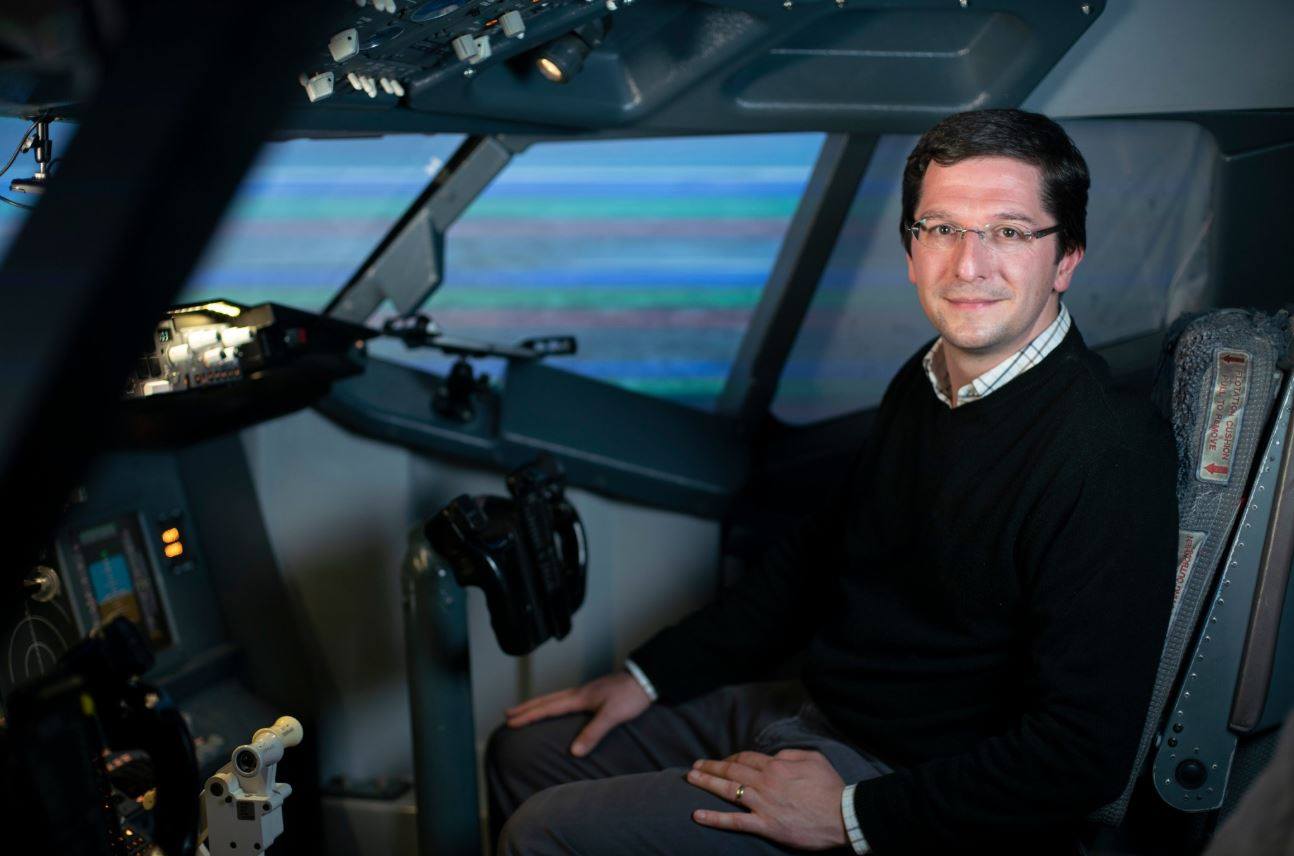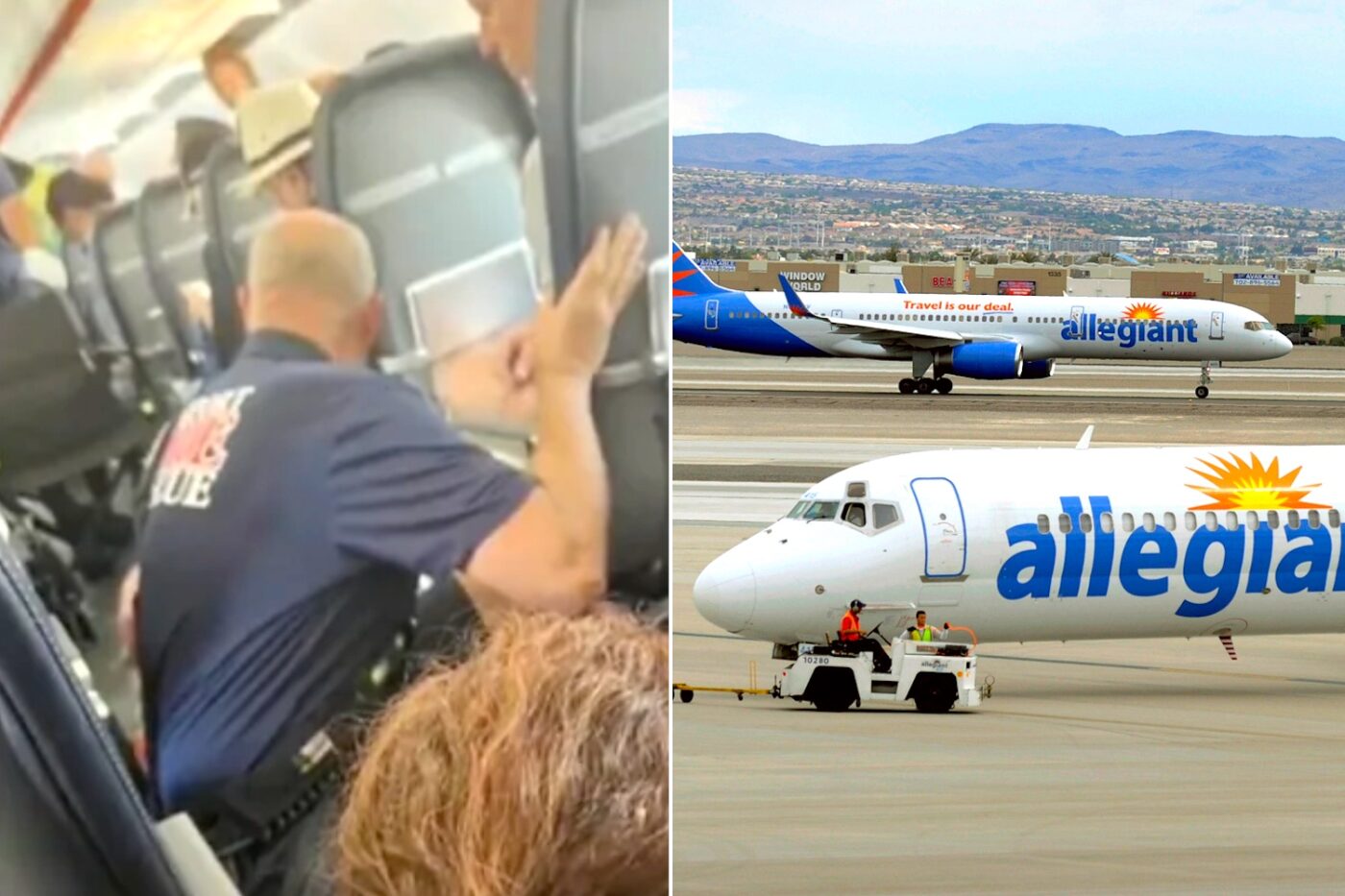In a painful incident that unfolded on an Allegiant Airlines flight from North Carolina to Florida, passengers and crew members experienced bone-breaking turbulence like something straight out of The Matrix.
Only a matter of weeks after Sydney-bound flyers were thrown across their plane at high enough speeds to not only hurt themselves but also permanently misshape the cabin around them — thanks to some especially troublesome turbulence — American flyers have found themselves enduring a wholly similar experience. This marks the start of a trend that, thanks to the ongoing climate crisis, is only set to get worse in the months and years to come.
The turbulence occurred on Allegiant Air Flight 227, which was en route from Asheville Regional Airport to St. Petersburg-Clearwater. As reported by CBS News, witnesses on board described the ordeal as “petrifying”, with one flight attendant falling over before being forcefully thrown into the air and — in a welcome confirmation of Newton’s third law — was promptly slammed back onto the floor of the plane at high speed, breaking bones as they went.
Another passenger who had headed to the restroom prior to the turbulence beginning later emerged with blood gushing from their head. A total of four people — comprised of two flight attendants and two passengers — required urgent medical attention upon landing after injuries sustained during the turbulent episode, with some even being rushed to hospital.
WATCH: Flyers react to the gruesome experience.
One passenger, Lisa Spriggs, compared the scene inside the cabin to gravity-defying sequences in sci-fi classic The Matrix:
“More than halfway through descending, all of a sudden, we hit a small turbulence, and the stewardess beside us fell to the ground. Literally, she flew up in the air — like ‘[The] Matrix’ is the only way that I can think to describe it — was there for half-a-second, and then landed straight down, broke her ankle.”
Lisa Spriggs
Why? Because this incident is only one unfortunate case in a long string of problems, with turbulence becoming far more prevalent on routes around the world in recent years. Scientists in the United Kingdom conducted a recent study, revealing a 55% rise in turbulence along North Atlantic flight routes from 1979 to 2020. The study’s co-author, Professor Paul Williams — speaking to The Independent — suggested that the climate crisis is likely to be a contributing factor, saying this:
Allegiant Airlines has released a statement following the incident, confirming that they’re in discussions with the National Transportation Safety Board (NTSB) and the Federal Aviation Administration (FAA) regarding the incident. However, no formal investigation has been initiated at time of writing. While it might be tempting to lay the blame for this incident at the feet of the airline, taking a wider view of the incident reveals that there may be far more powerful factors at play than any one pilot’s flying skills…

“Following a decade of research showing that climate change will increase clear-air turbulence in the future, we now have evidence suggesting that the increase has already begun.”
Professor Paul Williams
While Professor Williams pressed the urgent need to invest in improved turbulence forecasting and detection systems — which could help mitigate the most extreme effects of rough air, such as that seen on this particular flight — no amount of lobbying industry and regulatory bodies for change can reverse or even stop the march of climate change itself. If we ever want to fly comfortably again, that will require a much more fundamental change to the way we live, work, and travel; a change far beyond the scope of any aviation authority alone.
So buckle up, budding travellers: if we ever want to navigate the skies without feeling like unwitting extras in another disappointing Matrix sequel, we’ll need to take a leap of environmental good faith that could change the shape of the travel industry altogether.
